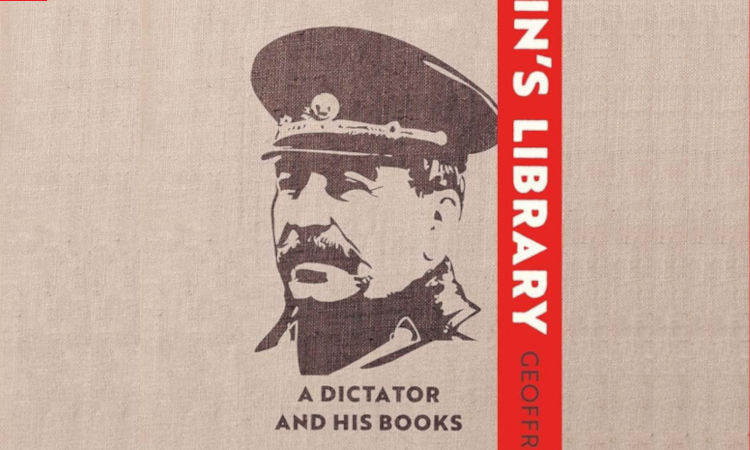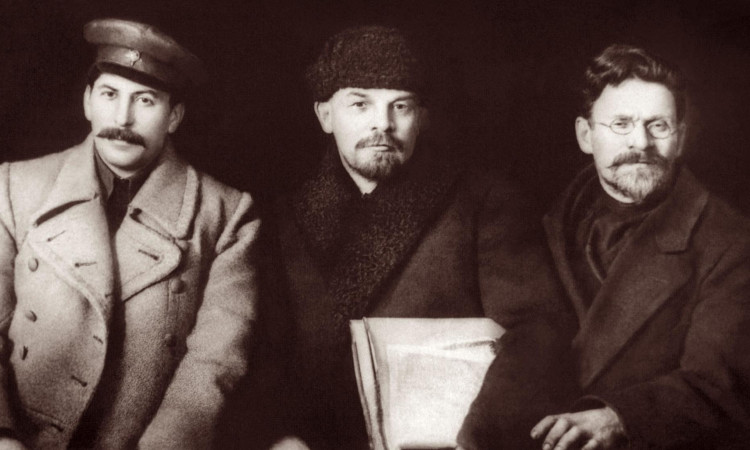Former London mayor and recently resigned foreign secretary Boris Johnson has been inserting himself into headlines once again as he tries for a second time to get his ducks in a row for a Tory leadership bid and a chance to fulfil his lifelong ambition of becoming British prime minister.
In his opportunistic cheerleading for Brexit (among other things), Boris has made it perfectly clear that there’s no principle he holds dear. Motivated solely by ambition, nothing he does has any other aim than his own self-advancement.
In his latest headline-grabbing storm in a teacup, Boris wrote a column for the Telegraph in which he claimed to be defending the right of women to wear the burqa if they wanted, opposing a ban on the grounds that women should be able to choose for themselves.
So far, so uncontentious. The storm arrived when Boris decided to include in his column a description of those women who do wear the veil as “ridiculous” and looking like “letterboxes” and “bank robbers”. He then compared any attempt to ban such ‘ridiculous’ behaviour with the counterproductive attempts of a parent to control a rebellious teenager.
He did not write these lines in order to further a rational discussion of a serious issue, but in order to create just such a furore as has arisen, promoting his image as the self-proclaimed ‘man of the people’, not afraid to say what plenty of people are really thinking; a foe of the political correctness police.
In fact, Boris is no such thing. He has simply chosen for himself a persona that he thinks will help his career prospects (given how utterly sick workers have become of identikit career politicians), and which complements perfectly the opposing persona of the po-faced liberal. Between the two of them exists the officially-recognised ‘spectrum’ of accepted political (bourgeois) thought in capitalist society.
Built into this apparent opposition is the strategy of dividing the working class along income-related lines into a better-educated, better-off ‘liberal’ section and a less-educated, poorer ‘conservative’ section. Each section is encouraged heartily to despise the other. The better-off workers sneeringly blame the poorer ones for their ‘uneducated’ attitudes and ‘backwardness’; the poorer workers, meanwhile, despise the mania for political correctess of the better-off.
This carefully nurtured antipathy has the handy effect of dividing the working class against itself and leaving the capitalists free to carry on as they wish.
We see the effectiveness of this strategy in the environmental movement, for example, when, instead of focusing their efforts on mobilising the entire working class to oppose the environment-destroying behaviour of big business, a huge amount of energy is wasted by better-off workers on lecturing poorer ones about their ‘lifestyle’ and consumer ‘choices’.
We communists are also opposed to the political correctness police, because, via political correctness, the policing of language is made a substitute for the real struggles against racism and women’s oppression, and poorer sections of the working class are substitued for the real enemy – the system of capitalist imperialism itself, which creates these injustices and cannot do without them.
However, because we are serious about our desire to emancipate women and not merely playing to the gallery to score a few cheap career points, we take a rather different approach to the question at issue.
It is certainly true, as Boris pointed out in his column, that the veil is not actually required by the muslim faith, but is a social requirement in feudal countries such as Saudi Arabia, whose oppressive attitude towards women is well known (of course, Boris didn’t mention Saudi Arabia, knowing too well which side his bread is buttered).
Because many (but by no means all) of the remaining parts of the world where such feudal customs still remain follow local variations of the muslim faith, and because scapegoating muslims of all kinds is a strategy being used by the ruling class to drum up support for its wars for domination of the middle east, workers in Britain have been encouraged to regard the veil (or burqa) as a symbol of Islam and proof of that religion’s inherent backwardness (as opposed to the ‘enlightened’ attitudes of the Church, of course).
This is nothing more than the age-old presentation of imperialist brigandage as a ‘civilising’ mission. In making his remarks Boris was clearly playing on this all-too-prominent media trope.
But in their bid to oppose this aspect of his column, the liberal ‘antiracists’ are throwing out the baby with the bathwater, defending the wearing of the burqa to the point of even proclaiming it to be a symbol of feminist ’empowerment’ and individual ‘freedom of expression’.
(Mind you, this is perhaps less surprising when one considers that many of these same ‘feminists’ describe prostitution as ‘sex work’ and assure us that those unfortunates who are lured, enslaved or economically forced into such ‘work’ are ‘taking control of their own bodies’ and must also be considered as icons of women’s liberation.)
By contrast, then, it is instructive to learn how socialists have in practice approached the question of the feudal oppression of women and their socially-coerced customary veiling.
We reproduce below an eye-witness account by the American journalist Anna Louise Strong, explaining how the veil was gradually abandoned by women in the Soviet Union, not as a result of coersion but through the education and financial independence of women who had previously been treated as chattels, and with the dedicated support and leadership of local women communists.
Women and the veil in the Soviet Union
The change in women’s status was one of the important social changes in all parts of the USSR. The revolution gave women legal and political equality: industrialisation provided the economic base in equal pay.
But in every village women still had to fight the habits of centuries. News came of one village in Siberia, for instance, where, after the collective farms gave women their independent incomes, the wives ‘called a strike’ against wife-beating and smashed that time-honored custom in a week.
“The men all jeered at the first woman we elected to our village soviet,” a village president told me, “but at the next election we elected six women and now it is we who laugh.”
I met twenty of these women presidents of villages in 1928 on a train in Siberia, bound for a women’s congress in Moscow. For most it was their first trip by train and only one had ever been out of Siberia. They had been invited to Moscow “to advise the government” on the demands of women; their counties elected them to go.
The toughest fight of all for women’s freedom was in central Asia. Here, women were chattels, sold in early marriage and never thereafter seen in public without the hideous ‘paranja’, a long black veil of woven horsehair which covered the entire face, hindering breathing and vision. Tradition gave husbands the right to kill wives for unveiling; the mullahs – muslim priests – supported this by religion.
Russian women brought the first message of freedom; they set up child welfare clinics where native women unveiled in each other’s presence. Here, the rights of women and the evils of the veil were discussed. The Communist Party brought pressure on its members to permit their wives to unveil.
When I first visited Tashkent, in 1928, a conference of communist women was announcing: “Our members in backward villages are being violated, tortured and murdered. But this year we must finish the hideous veil; this must be the historic year.”
Shocking incidents gave point to this resolution. A girl from a Tashkent school gave her vacation to agitating for women’s rights in her home village. Her dismembered body was sent back to school in a cart bearing the words: ‘That for your women’s freedom.’”
Another woman had refused the attentions of a landlord and married a communist peasant; a gang of eighteen men, stirred up by the landlord, violated her in the eighth month of pregnancy and threw her body in the river.
Poems were written by women to express their struggle. When Zulfia Khan, a fighter for freedom, was burned alive by the mullahs, the women of her village wrote a lament:
O, woman, the world will not forget your fight for freedom!
Your flame – let them not think that it consumed you.
The flame in which you burned is a torch in our hands.
The citadel of orthodox oppression was ‘Holy Bokhara’. Here, a dramatic unveiling was organised. Word was spread that ‘something spectacular’ would occur on International Women’s Day, 8 March. Mass meetings of women were held in many parts of the city on that day, and women speakers urged that everyone “unveil all at once”.
Women then marched to the platform, tossed their veils before the speakers and went to parade the streets. Tribunes had been set up where government leaders greeted the women. Other women joined the parade from their homes and tossed their veils to the tribunes.
That parade broke the veil tradition in Holy Bokhara. Many women, of course, donned veils again before facing their angry husbands. But the veil from that time on appeared less and less.
Soviet power used many weapons for the freeing of women. Education, propaganda, law all had their place. Big public trials were held of husbands who murdered wives; the pressure of the new propaganda confirmed judges who gave the death sentence for what old custom had not considered crime.
The most important weapon for freeing women was, as in Russia proper, the new industrialisation.
I visited a new silk mill in Old Bokhara. Its director, a pale, exhausted man, driving without sleep to build a new industry, told me the mill was not expected to be profitable for a long time.
“We are training village women into a new staff for future silk mills of Turkestan. Our mill is the consciously applied force which broke the veiling of women; we demand that women unveil in the mill.”
Girl textile workers wrote songs on the new meaning of life when they exchanged the veil for the Russian headdress, the kerchief.
When I took the road to the factory
I found there a new kerchief,
A red kerchief, a silk kerchief,
Bought with my own hand’s labour!
The roar of the factory is in me.
It gives me rhythm.
it gives me energy.
One can hardly read this without recalling, by contrast, Thomas Hood’s The Song of the Shirt, that expressed the early factories of Britain.
With fingers weary and worn,
With eyelids heavy and red,
A woman sat, in unwomanly rags,
Plying her needle and thread.
Stitch, stitch, stitch, in poverty, hunger and dirt,
And still, with a voice of dolorous pitch,
She sang the song of the shirt.
In capitalist Britain, the factory appeared as a weapon of exploitation for profit. In the USSR, it was not only a means to collective wealth, but a tool consciously used to break past shackles.
— From The Stalin Era by Anna Louise Strong (1957)













